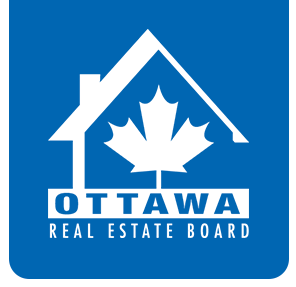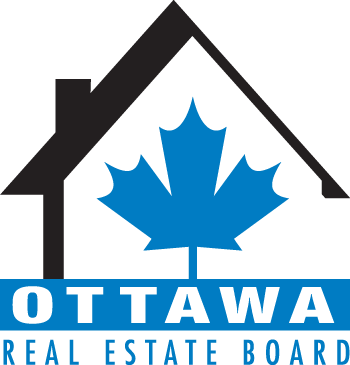April’s Resale Market Starts Strong and Sputters
May 5, 2021
Members of the Ottawa Real Estate Board sold 2,402 residential properties in April through the Board’s Multiple Listing Service® System, compared with 911 in April 2020, an increase of 164 per cent. April’s sales included 1,859 in the residential-property class, up 166 per cent from a year ago, and 543 in the condominium-property category, an increase of 155 per cent from April 2020. The five-year average for total unit sales in April is 1,830.
“As the typical spring market ramped up, April was poised to be the strongest on record with over 3,200 new listings of properties for sale. Most of these properties entered the market before the province’s stricter lockdown order was announced midway through the month. At that point, the trajectory sputtered, and while it continued to be active, it followed a noticeable decline as Sellers responded to the government’s resolution to reduce the spread of Covid-19,” states Ottawa Real Estate Board President Debra Wright.
“Nevertheless, the number of transactions managed to surpass unit sales recorded in previous Aprils, and we presume the figures would have been even higher in different circumstances,” she adds.
April’s average sale price for a condominium-class property was $427,145, an increase of 30 per cent from last year, while the average sale price for a residential-class property was $743,204, an increase of 42 per cent from a year ago.With year-to-date average sale prices at $734,682 for residential and $418,792 for condominiums, these values represent a 35 per cent and 20 percent increase over 2020, respectively.*
“These accelerated price increases boil down to a lack of supply and will continue to be a challenge for Buyers until more inventory becomes available – it’s fundamental supply and demand economics. Certainly, April’s substantial increase in new listings, 19% higher than the five-year listing average and over 400 units more than the previous month, gives us cautious optimism. When the Stay-at-Home order concludes, we hope that pent-up supply will bring some much-needed housing stock to the resale market,” suggests Wright.
“However, there are many factors at play which make it difficult to forecast the path of Ottawa’s real estate market: interest rate modifications, the skyrocketing cost of building materials, the Office of the Superintendent of Financial Institutions (OSFI) proposal to increase the mortgage stress test, changing consumer perspectives with some Buyers opting to move to outlying communities and Quebec, etc.”
“On the one hand, record low interest rates, increased household savings, a strengthening economy, and a continued focus on living space during the pandemic are all factors that bolster demand, while steady price growth is encouraging more Sellers to list their home. On the other hand, some people are truly struggling and small businesses are closing their doors. It’s complicated, it’s out of balance, and the course of our local market is not entirely predictable at this time,” Wright concludes.
OREB Members also assisted clients with renting 1,458 properties since the beginning of the year compared to 947 at this time last year.
* The Board cautions that the average sale price can be useful in establishing trends over time but should not be used as an indicator that specific properties have increased or decreased in value. The calculation of the average sale price is based on the total dollar volume of all properties sold. Price and conditions will vary from neighbourhood to neighbourhood.


